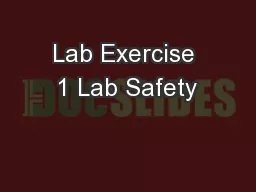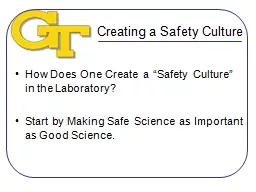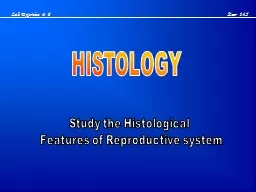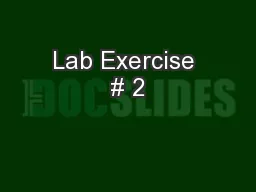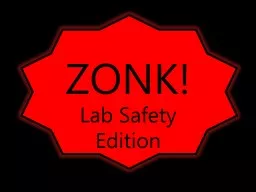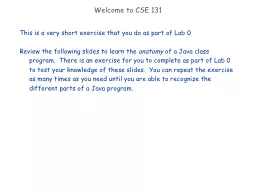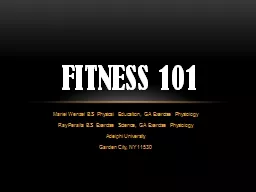PPT-Lab Exercise 1 Lab Safety
Author : calandra-battersby | Published Date : 2018-11-03
Eight Golden Safety Rules Keep backpacks purses books and coats in designated areas only ie no personal items on lab bench while doing lab work Exception with
Presentation Embed Code
Download Presentation
Download Presentation The PPT/PDF document "Lab Exercise 1 Lab Safety" is the property of its rightful owner. Permission is granted to download and print the materials on this website for personal, non-commercial use only, and to display it on your personal computer provided you do not modify the materials and that you retain all copyright notices contained in the materials. By downloading content from our website, you accept the terms of this agreement.
Lab Exercise 1 Lab Safety: Transcript
Download Rules Of Document
"Lab Exercise 1 Lab Safety"The content belongs to its owner. You may download and print it for personal use, without modification, and keep all copyright notices. By downloading, you agree to these terms.
Related Documents

